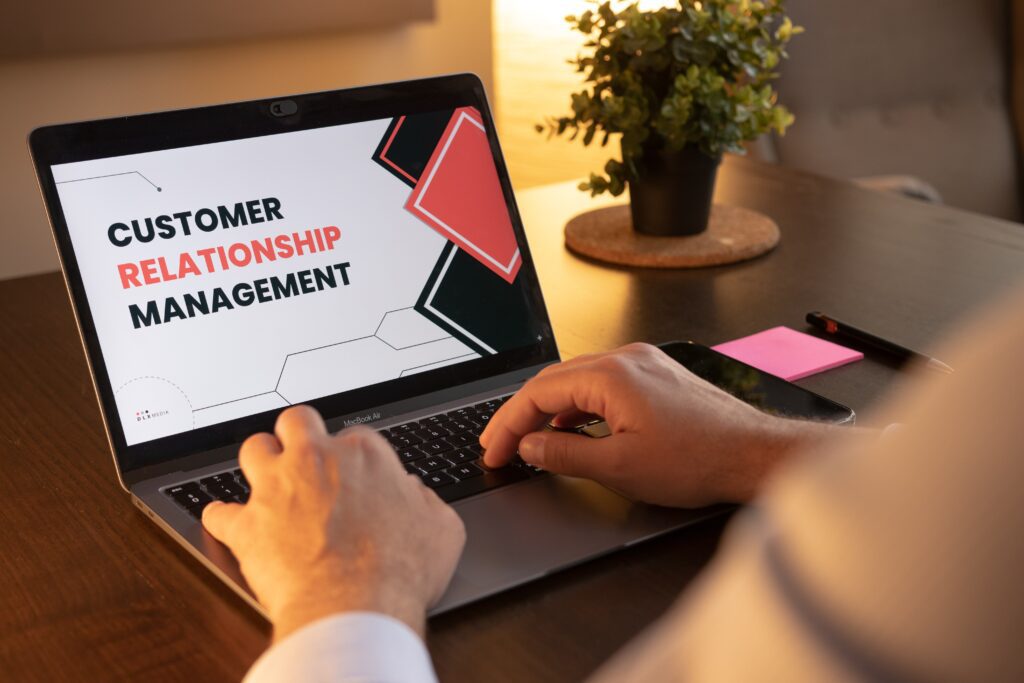Customer retention is one of the most critical factors in ensuring the success of small businesses. A great customer experience goes beyond simply meeting expectations—it builds loyalty, trust, and long-term relationships. When customers feel valued and heard, they are less likely to seek alternatives, reducing churn rates. Consistently delivering exceptional service can transform one-time buyers into loyal advocates for your brand.
Personalization is a cornerstone of a positive customer experience. Small businesses can leverage customer data to tailor interactions, anticipate needs, and offer solutions that resonate with their audience. Prompt communication, seamless support, and convenient processes, such as an automated billing system, can also enhance the customer journey. By eliminating pain points and providing an effortless experience, businesses can foster satisfaction and strengthen customer loyalty.
Retaining customers is far more cost-effective than acquiring new ones, making the investment in customer experience essential. Regular feedback collection, whether through surveys or direct conversations, can uncover areas for improvement. With a proactive approach, small businesses can adapt to customer preferences, creating a competitive edge. A strong commitment to experience not only combats churn but also establishes a foundation for sustainable growth. To learn more, check out the accompanying resource below.





















